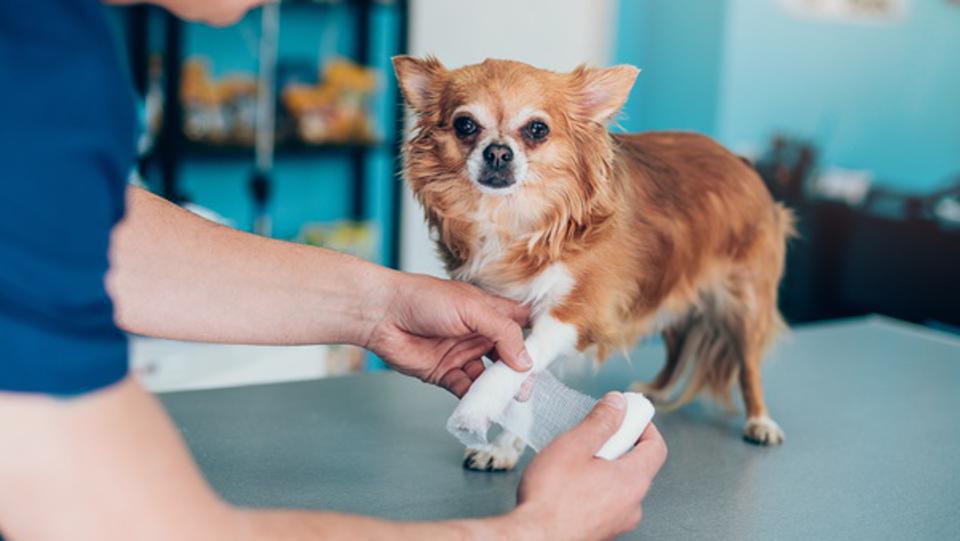How to get Pet Insurance in USA?
Pet insurance is a vital resource for pet owners, providing financial protection and peace of mind against unexpected veterinary expenses. In the USA, the pet insurance industry has seen significant growth as more pet owners recognize the importance of insuring their furry companions. This comprehensive guide will walk you through everything you need to know about obtaining pet insurance in the USA.
Table of Contents
Understanding Pet Insurance
What is Pet Insurance?
Pet insurance is a health insurance policy for your pets. It covers medical expenses that arise from illnesses, injuries, and sometimes routine wellness care. Policies typically require you to pay a premium, a deductible, and co-payments, much like human health insurance.
Types of Pet Insurance Policies
There are various types of pet insurance policies available, each catering to different needs and budgets:
- Accident-Only Policies: Cover injuries resulting from accidents.
- Illness Policies: Cover a wide range of illnesses, including chronic diseases.
- Comprehensive Policies: Cover both accidents and illnesses, often including wellness care.
- Wellness Plans: Focus on routine care such as vaccinations, dental cleanings, and check-ups.
Why You Need Pet Insurance?
Financial Protection
Veterinary care costs can be unexpectedly high, especially in emergencies. Pet insurance helps mitigate these costs, ensuring that you can provide the best possible care without significant financial strain.
Peace of Mind
Knowing that your pet is covered in case of an illness or accident gives you peace of mind. You can focus on your pet’s health rather than worrying about the cost of treatment.
Access to Better Care
With pet insurance, you can afford advanced treatments and procedures that might otherwise be too expensive. This means your pet can receive the highest standard of care available.
How to Choose the Right Pet Insurance?
Evaluate Your Needs
Consider your pet’s age, breed, and health status. Younger pets may benefit more from comprehensive coverage, while older pets might need policies that focus on chronic conditions.
Compare Providers
Research and compare different pet insurance providers. Look for companies with strong reputations, good customer reviews, and a variety of policy options. Key providers in the USA include:
- Healthy Paws
- Nationwide
- Trupanion
- Embrace
- ASPCA Pet Health Insurance
Understand the Coverage
Read the policy details carefully. Ensure you understand what is covered and what is excluded. Key aspects to consider include:
- Premiums: The cost you pay monthly or annually.
- Deductibles: The amount you pay out-of-pocket before insurance kicks in.
- Co-Payments: The percentage of costs you share with the insurer after the deductible is met.
- Annual and Lifetime Limits: Maximum amounts the insurance will pay per year or over the pet’s lifetime.
Check the Waiting Periods
Most pet insurance policies have waiting periods before coverage begins. These can vary for different types of coverage, such as accidents or illnesses.
Look for Customizable Plans
Some insurers offer customizable plans where you can choose the coverage levels and limits that best fit your budget and needs.
How to Apply for Pet Insurance?
Gather Necessary Information
To apply for pet insurance, you will typically need the following information:
- Pet’s Age: Insurance companies often require your pet’s age as it affects premium rates and coverage options.
- Breed and Species: Different breeds may be prone to certain conditions, which can influence the cost and type of coverage.
- Medical History: Some insurers may ask for your pet’s medical records or history of pre-existing conditions.
Complete the Application
Most pet insurance applications can be completed online. You’ll need to provide the information gathered and select the desired coverage options. Be honest and accurate in your application to avoid issues with claims later.
Review the Policy
Once your application is approved, review the policy documents thoroughly. Make sure all the information is correct and that you understand the terms and conditions.
Activate Your Policy
Pay the initial premium to activate your policy. Keep all documentation safe and accessible for future reference.
Making a Claim
Visit the Veterinarian
When your pet needs care, visit the veterinarian as usual. Ensure you get a detailed invoice that outlines the treatments and costs.
Submit a Claim Form
Most insurers require you to submit a claim form along with the veterinarian’s invoice. This can often be done online or via email.
Receive Reimbursement
Once the claim is processed, you will receive reimbursement for covered expenses, minus any deductibles and co-payments.
Tips for Maximizing Pet Insurance Benefits
Regular Health Check-Ups
Keep up with regular veterinary check-ups and preventative care. This can help catch potential issues early and keep your pet healthier.
Understand Your Policy
Stay informed about your policy’s coverage and exclusions. Knowing what is and isn’t covered can help you make informed decisions about your pet’s care.
Keep Detailed Records
Maintain detailed records of all veterinary visits, treatments, and expenses. This documentation will be essential when filing claims.
Conclusion.
Pet insurance is an invaluable tool for any pet owner in the USA, offering financial protection and peace of mind. By understanding the different types of policies, evaluating your needs, and choosing the right provider, you can ensure your pet receives the best possible care without undue financial stress. Remember, the key to a smooth experience is thorough research, understanding your policy, and staying organized with your pet’s medical records.







